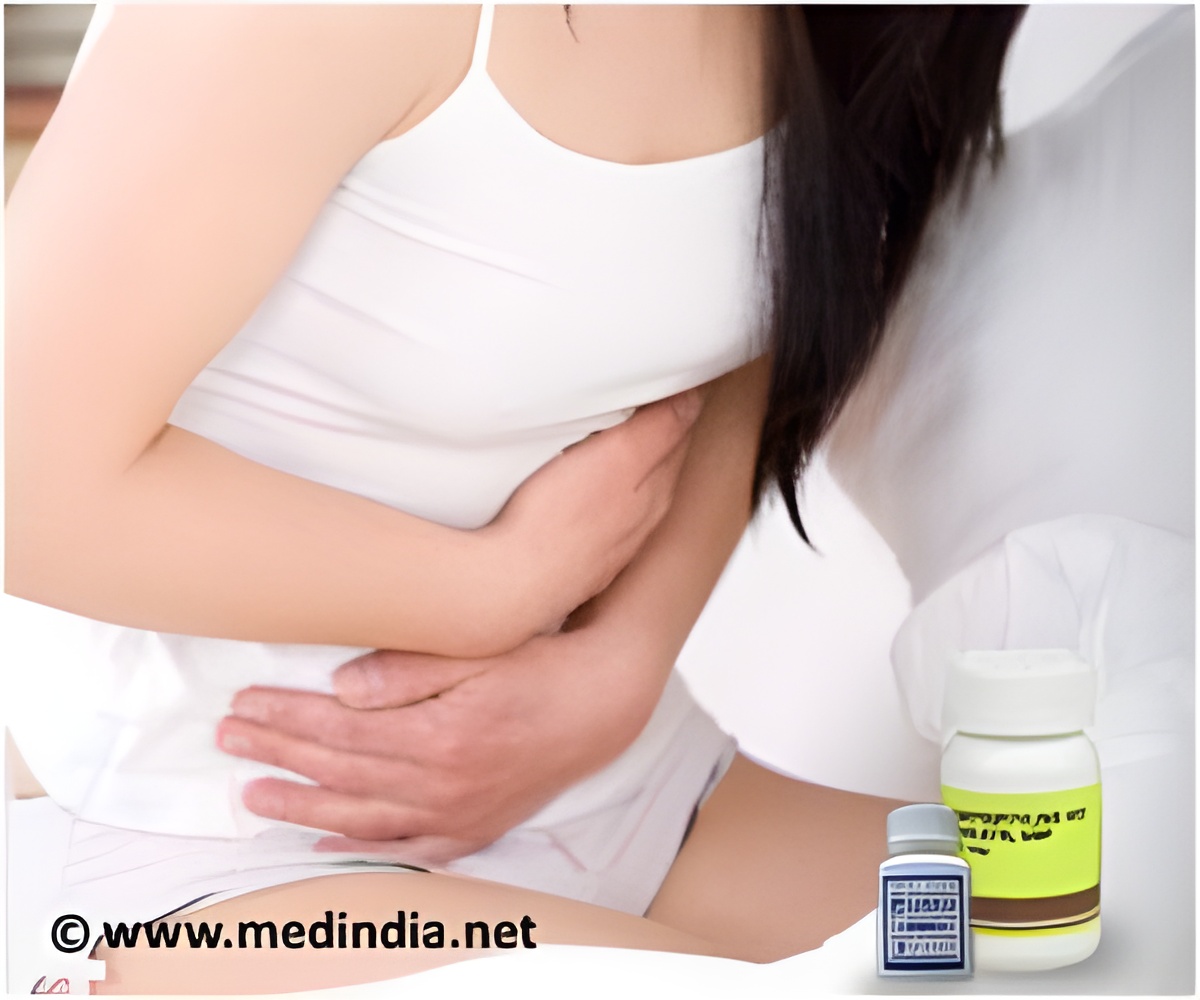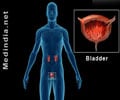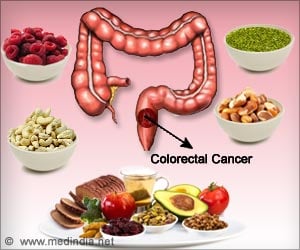Interstitial cystitis (IC), or painful bladder syndrome (PBS), occurs most frequently in women and requires a combination drug therapeutic approach to relieve symptoms.

In IC/PBS the glycosaminoglycan (GAG) layer amplifies permeability of the bladder urothelium such that urine components (urea, ammonia, and potassium) seep into the bladder tissue – leading to pelvic pain and annoying voiding urges. Plus, higher mast-cell activation results in bladder wall inflammation and fibrotic modifications.
Clinically IC/PBS patients vary as per the urgency, frequency, and/or pain. Typical IC/PBS symptoms include pelvic pain, painful sexual intercourse, repeated urinary tract infections, repeated vaginitis or prostatitis, waking up from sleep at night to urinate, and increased urinary occurrence and urges. During the premenstrual week women may undergo a flare up of symptoms.
Diagnosis is based on medical history and physical checkup including a pelvic test to exclude vaginitis, vulvar lesions, urethral diverticula, and pelvic-floor dysfunction. IC/PBS screening is based on The Pelvic Pain and Urgency/Frequency Patient Symptom Scale and the O’Leary-Sant Interstitial Cystitis Symptom Index and Problem Index questionnaires. Urinalysis, cystoscopy, potassium sensitivity test and a full bladder are used to detect hematuria, defects in the bladder lining, urothelium dysfunction and bladder pain respectively
As per the American Urological Association (AUA) guidelines, IC/PBS treatment depends on a patient’s choice, seriousness of symptom and the doctor’s assessment. All patients should be provided behavior modification strategies and receive drugs that control their pain and stress.
IC/PBS drug therapy includes intravesical drug instillation, also known as bladder bath or wash, with dimethylsulfoxide (DMSO) to decrease symptoms and pain. A troublesome garlicky flavor and scent is a frequent side-effect of DMSO.
Surgical procedures such as cystoplasty and urinary diversion are performed in IC/PBS patients that do not experience symptom relief with other therapies. A combination treatment strategy is the best approach to reduce symptoms. However, further treatment options are needed to better treat IC/PBS patients.
Reference: Interstitial Cystitis and Chronic Pain Syndrome; Amy Witte et al; US Pharm. 2012; 37(6):HS-2-HS-5.
Source-Medindia














